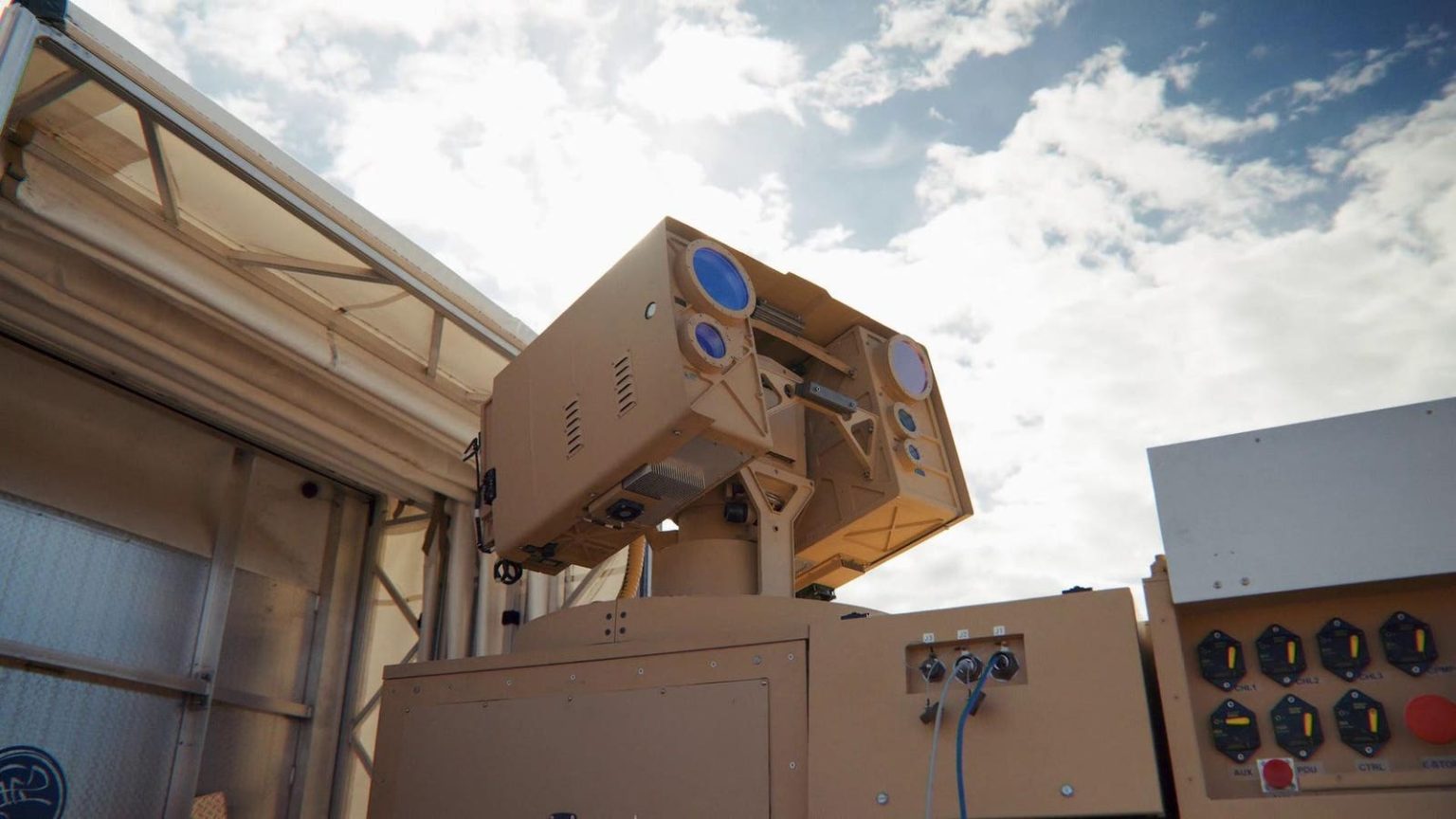The United States military has invested significantly in the research and development of directed energy weapons over the past half-century. Now, these weapons are being used in battle. The Army has successfully used lasers to take down hostile drones in the Middle East, marking the first time such weapons have been used in combat. One of the systems, P-HEL, has been deployed overseas and has proven to be highly effective against drones, according to BlueHalo CEO Jonathan Moneymaker.
Directed energy weapons like lasers and high-powered microwave systems are much cheaper to operate compared to traditional air defense missiles. Costing between $1 to $10 per shot in diesel fuel, these weapons offer a cost-effective solution for combating threats like drones in combat situations. Additionally, laser weapons provide a stealth advantage as the beams are usually invisible and silent, making them difficult for enemies to detect. However, there are still concerns about the effectiveness of laser systems in various weather conditions.
Despite the high cost of building laser weapon systems, the Pentagon continues to invest in their development. Prototypes of these systems have been successfully deployed with military units for field testing, with plans to integrate them into existing defense systems. The military is also exploring more powerful laser systems that can take on larger and faster targets, such as cruise missiles. Companies like Lockheed Martin, General Atomics, and nLight are working on developing these advanced systems for future use in combat.
In addition to laser weapons, high-powered microwave systems offer another solution for combating threats like drones. Epirus, a Southern California startup, has developed a system called Leonidas that can take down multiple drones simultaneously. These systems are not affected by weather conditions but do have a shorter range compared to lasers. The Army is currently testing prototypes of Leonidas, with the hope of deploying them overseas in the near future.
The Pentagon is also investing in international collaborations, such as the Israeli Iron Beam project, to further enhance its directed energy capabilities. The military aid package for Israel includes funding for the development of a 100-KW laser system designed to defeat rockets and drones. The U.S. is closely monitoring these efforts, considering them as potential alternatives to its own directed energy weapon systems. The future deployment of laser weapons on a mass scale will depend on the ability of defense contractors to ramp up production, as well as the availability of funding and resources.
Overall, the use of directed energy weapons in combat represents a significant advancement in military technology. Despite challenges such as weather limitations and high costs, these weapons offer a promising solution for countering threats like drones in modern warfare. As the Pentagon continues to invest in research and development, the potential for these weapons to play a crucial role in future defense strategies remains high.


